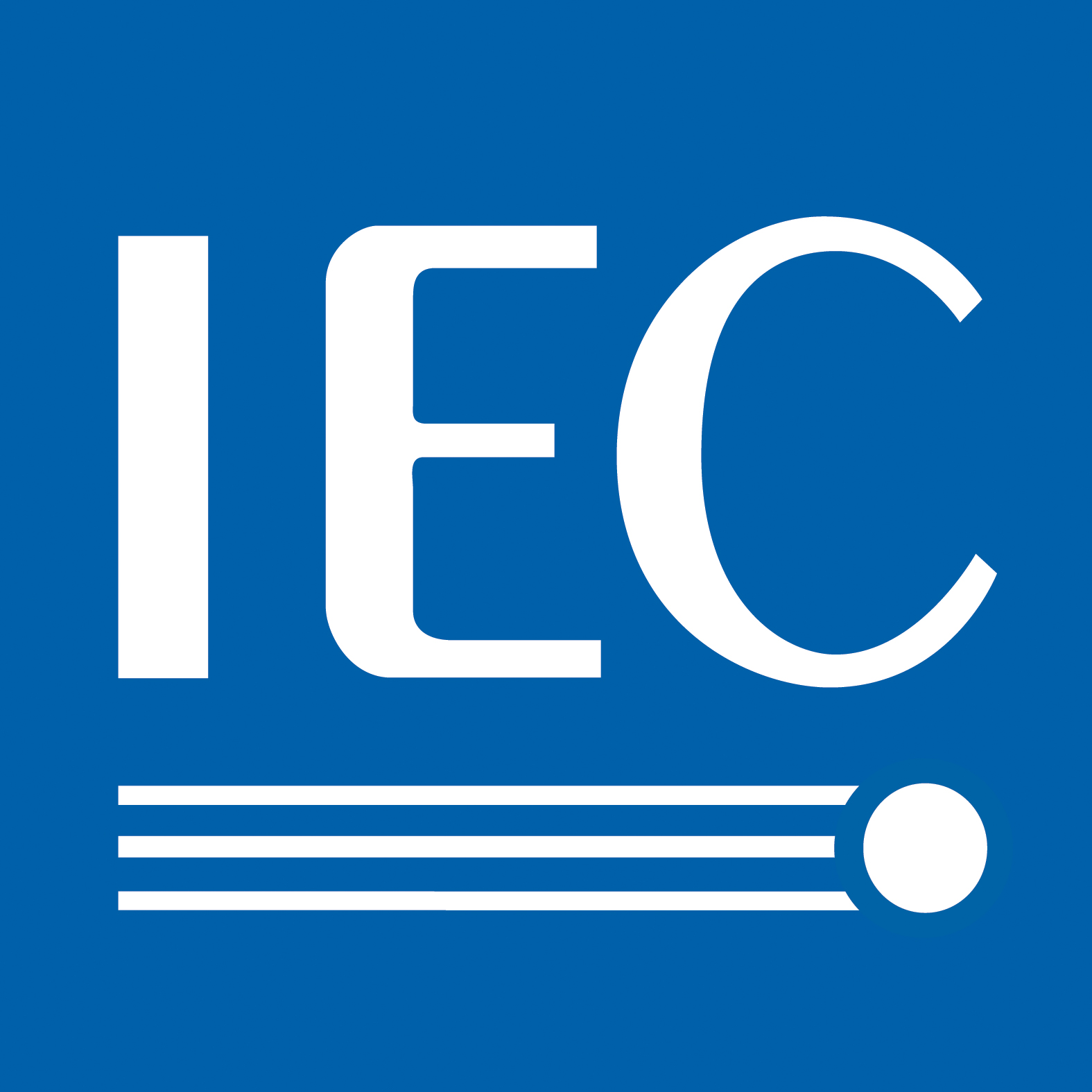The need to make cities sustainable will drive the adoption of a range of smart solutions.
With mass urbanisation emerging as an unstoppable trend across the world, cities need to become sustainable on many levels. The solution is to design smart solutions in many domains to help meet multiple challenges and lead to the development of smart cities. International Standards developed by the International Electrotechnical Commission (IEC) in a wide range of domains will make this possible, says Morand Fachot, IEC’s technical writer.
Unstoppable trend
According to a recent UN report, 54% of the world’s population were living in urban areas in 2014, a proportion that is expected to increase to 66% by 2050, when another 2.5 billion people are added to urban areas. Furthermore, there were 28 mega-cities with 10 million inhabitants or more worldwide in 2014. By 2030, the world is projected to have 41 mega-cities.
Many, if not most, services in cities and buildings are directly or indirectly dependent on electricity and electronics, and increasingly on IT systems. When Hurricane Sandy struck the northeastern United States in 2012, it brought home to millions how central electricity is to their lives. When electrical power from a central source is down, water supply is cut off, sewage overflows, fires rage out of control and all modes of communication and transportation are disrupted.
Need to achieve sustainability
To prosper and avoid major issues, cities must achieve economic, social, and environmental sustainability and become “smart cities” in the future. This can only be realised by integrating their infrastructures and services to improve urban efficiencies, as is stressed in the IEC White Paper “Orchestrating infrastructure for sustainable Smart Cities”.
Technical solutions for improving overall efficiencies that are directly relevant for smart cities already exist in many domains, such as buildings, transportation, industry and services. They include energy management (generation and distribution), lighting, heating and cooling, appliances, communication networks and mobility solutions. There are hundreds of IEC International Standards that will make possible the smart integration of smart solutions for energy, buildings and homes, lighting, mobility and others. Many of the International Standards that will make cities smarter are referenced in the IEC Smart Grid Standards Map.
The Internet of Things (IoT), the network of interconnected objects or devices embedded with sensors and mobile devices which are able to generate data and to communicate and share that data with one another, is set to play a central role in smart cities (see article on IoT and smart buildings in this issue of e-tech).
Smart energy
Smart energy requires the optimisation of electricity supply systems. This includes the integration of generation from new renewable energy sources, transmission and distribution networks and connected user installations.
IEC Technical Committee (TC) 8: Systems aspects for electrical energy supply, prepares and coordinates, in cooperation with other IEC TCs, the development of international standards and other deliverables in these areas. IEC Subcommittee (SC) 8A prepares International Standards for the grid integration of large-capacity renewable energy sources. Standards for these are prepared by IEC TC 82: Solar photovoltaic (PV) energy systems, and IEC TC 88: Wind turbines (IEC 61400 series).
Also central to smart energy are International Standards developed by IEC TC 57: Power systems management and associated information exchange. They include International Standards for communication networks and systems in substations, and for power utility automation (IEC 61850 series); for application integration at electric utilities (IEC 61968 series); for power systems management and associated information exchange (IEC 62351 series); and for energy management system application program interfaces (IEC 61970 series).
Proper energy management requires accurate metering. Multi-function, communicating “smart” meters that provide measurement of export/import energy, demand and power quality, and management of load, local generation, customer information, customer and contracts and other value added functions are essential when creating smart grids and smart cities. IEC TC 13: Electrical energy measurement and control, develops International Standards for such meters, in liaison with other IEC TCs such as TC 8 and TC 57.
Smarter buildings
Buildings make up 40% of global energy demand – and will soon account for 60% of it.
Smart cities need smarter, more energy-efficient buildings. Buildings use electricity for equipment and systems such as escalators, lifts, access control, heating, ventilation and air conditioning (HVAC) or appliances.
Automation can make buildings smarter. It is more advanced in commercial than residential buildings as the former are usually refurbished and modernised more frequently. Automation in buildings includes the installation of programmable thermostats, timers and sensors that switch heating off or on, ventilation, lights, escalators and other equipment such as security systems, as required. IEC SC 47E: Discrete semiconductor devices, prepares International Standards for components used in a variety of sensors.
Other systems that make buildings smarter are alarm and electronic security systems. They encompass systems for access control, alarm transmission, fire detection and alarm, intruder and hold-up alarm and social alarm as well as those that can be connected to remote receiving and/or surveillance centres. International Standards for these alarm and electronic security systems are prepared by IEC TC 79.
Work done by ISO/IEC JTC (Joint Technical Committee) 1/SC (Subcommittee) 25/WG (Working Group) 1: Interconnection of information technology equipment – Home electronic systems, paved the way to energy management systems with its home automation/home networking standards. These allow consumers to take control of their energy use and programme their devices to a much greater extent than ever before.
A number of initiatives in countries around the world aim at having zero-energy buildings: those that produce as much energy over the year as they use. This can be achieved through the integration of renewable energy sources such as PV or geothermal, of storage systems, heat-pumps, and plug-in electric vehicles (EVs) in addition to energy conservation construction technologies and insulation.
Smart lighting
Smart lighting can be fitted in buildings. It can also be installed in public and external spaces such as streets, plazas and parking lots.
Street lighting installations, which may account for as much as 40% of local authority electricity bills, are seen as opening possibilities for providing long-term savings and good returns on investment. LED-based lighting solutions, replacing high-intensity discharge lamps, introduce tailor-made and smart solutions, in particular when combined with control nodes and various sensors which allow for remote on/off switching and some level of dimming control. LED-based lamps are also extremely energy efficient. IEC TC 34: Lamps and related equipment, prepares International Standards for lamps and related equipment, including LEDs.
The author of this blog is Morand Fachot, technical writer with the International Electrotechnical Commission (IEC).
The IEC is a non-profit, non-governmental international standards organisation that prepares and publishes International Standards for all electrical, electronic and related technologies. http://iecetech.org
Comment on this article below or via Twitter: @IoTNow_ OR @jcIoTnow










